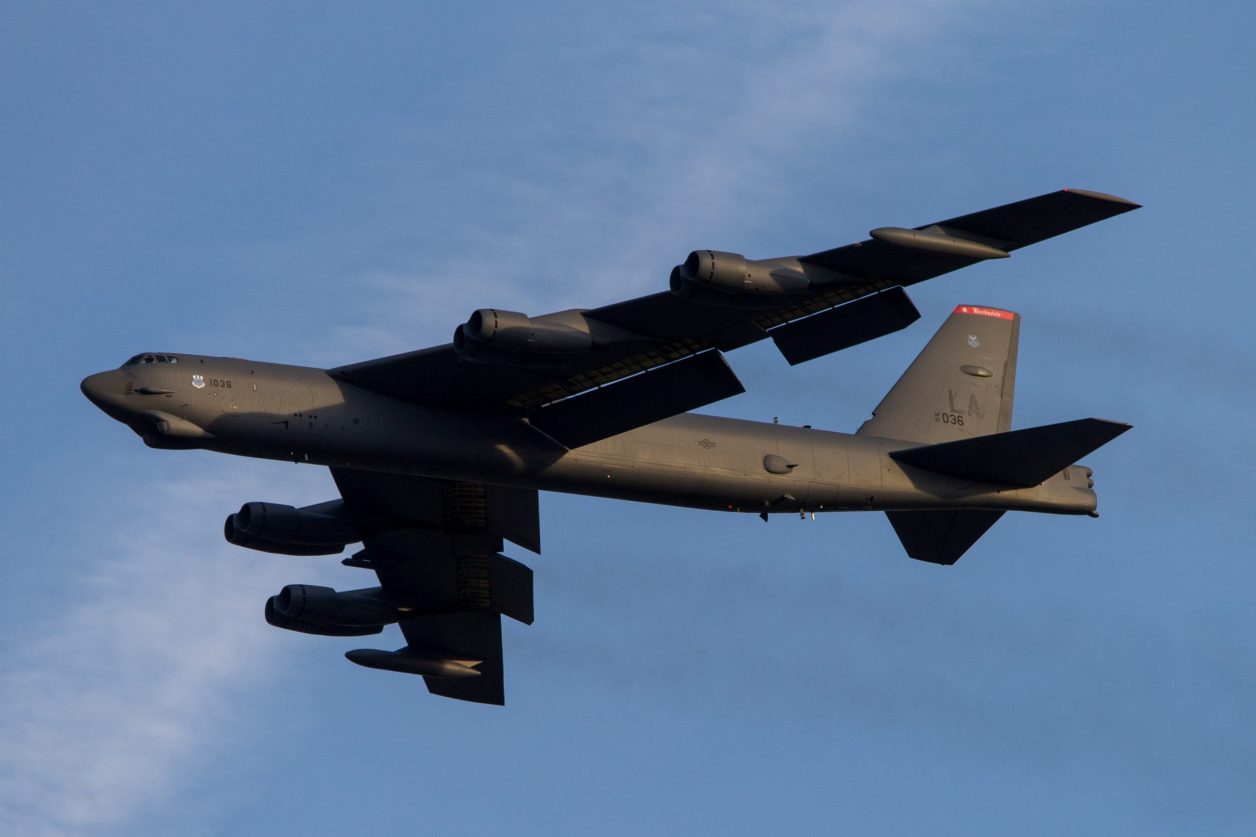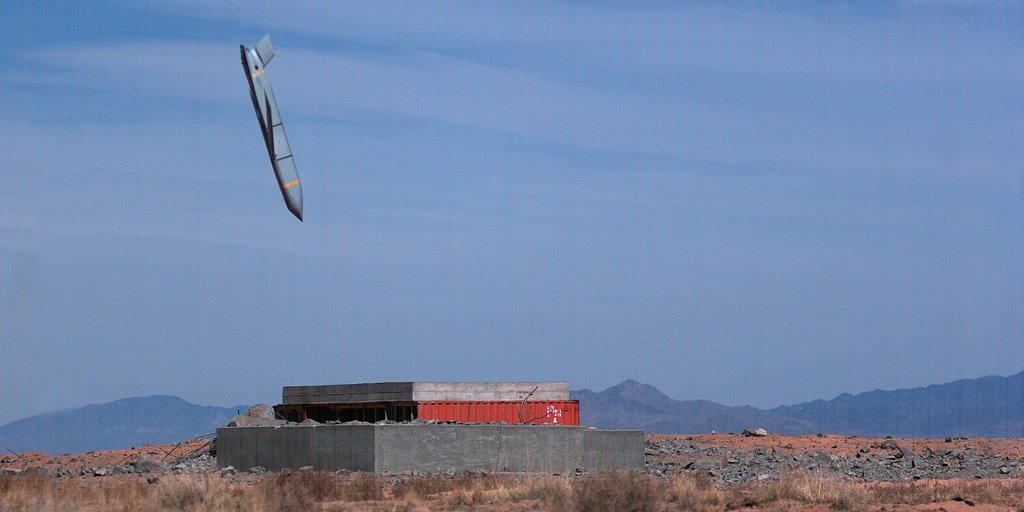A US Air Force (USAF) B-2 Stealth Bomber test-fired a long-range ‘stealthy’ cruise missile last year, giving the nuclear-capable bomber a new capability. According to Chinese military experts, it could provide the US with an edge against Chinese warships in a direct Sino-US confrontation.
US Army Grounds Entire Fleet Of Chinook Helicopters Amid Engine Fire Concerns – Spokesperson
American Defense giant Northrop Grumman released a statement on August 25 that a B-2 bomber test-fired the AGM-158B Joint Air-to-Surface Standoff Missile-Extended Range (JASSM-ER) stealthy cruise missile on December 2021.
The JASSM-ER is a long-range variant of the basic AGM-158 JASSM, which has a range of 370 kilometers. In contrast, the former is said to have three times that range and is intended to be re-targetable mid-flight, meaning it can hit mobile targets far beyond enemy lines.

“The JASSM-ER further enhances the B-2’s ability to hit any target, anywhere. The integration of JASSM-ER enables the delivery of a low observable asset capable of traveling greater distances than its predecessor.” Northrop said in the statement.
B-2s Armed With JASSM-ER Could Threaten Chinese Warships
According to a retired People’s Liberation Army (PLA) Air Force equipment specialist, Fu Qianshao, the JASSM-ER has a range of approximately 1000 kilometers and could threaten PLA Navy’s warships.
“The PLA would need to push forward to the western Pacific Ocean to warn off the planes,” Fu told SCMP, describing a scenario in which B-2 bombers arrive from the US Andersen Air Force Base in Guam.
The USAF has increasingly deployed its B-2 bombers in the Indo-Pacific in recent years. In 2020, three bombers arrived at Diego Garcia island in the Indian Ocean to support “US security commitments in the Indo-Pacific region.”
Also, this year in March, a USAF B-2 Spirit conducted a mission in the Indo-Pacific with five different fighter aircraft, which included two F-35As, two EA-18 Growlers, and two F/A-18F Super Hornets from the RAAF, two F-16Cs, and a KC-135 tanker from the USAF.
This was followed by the deployment of four B-2s in July at the Royal Australian Air Force’s (RAAF’s) Amberley airbase in Queensland to support a Pacific Air Forces Bomber Task Force. This was the first time the B-2s were deployed to Australia as part of the Bomber Task Force (BTF).
That deployment lasted until the end of August, during which the B-2s took part in various joint training exercises with the Australian Defense Forces as part of the Enhanced Air Cooperation Initiative under the Force Posture Agreement between the US and Australia.
B-2 Bombers More Lethal
B-2 bombers are one of the three legs of the US nuclear triad. Due to their stealth features, like radar-absorbent materials and the engine hidden within the body, these planes can get close to adversaries without getting noticed and launch missiles or drop bombs.
However, the stealthy design does not make the B-2s invincible, as China continues to develop its air defense, particularly with a focus on counter-stealth technologies, which has been covered extensively by EurAsian Times in its previous reports.
Therefore, adding long-range cruise missiles such as the JASSM-ER can enable the B-2 to strike targets from a range where air defenses cannot detect or intercept the bomber, making it even more lethal.
Furthermore, as stated earlier, the JASSM-ER also has a stealthy design which means even the missile would be difficult to intercept by the enemy air defenses.
Last year, while serving as commander of the USAF’s Global Strike Command, General Timothy Ray told the US Senate that AGM-158B missiles were critical to ensuring that nuclear bombers could fight wars.
However, Fu told the SCMP that the AGM-158B missiles were subsonic – traveling slower than the sound and were, therefore, easier for China to intercept. The Beijing-based commentator also said that the US would only deploy the B-2 in the unlikely event of a confrontation with China.

Abhijit Iyer Mitra, a senior fellow at the Institute of Peace and Conflict Studies and a military expert who spoke to EurAsian Times, explained that being a stealthy missile, the JASSM-ER, though relatively slower, will remain concealed from the enemy radars throughout its flight path.
He further said that even when the missile emerges over the radar, because of its small size, it will still be a tiny target, leaving very little reaction time as the radar will not be able to detect it till the missile is mere 2-3 kilometers from its target when it will be too late.
So, the main challenge for the enemy air defenses is to detect the missile, without which interception is impossible.
- Contact the author at tanmaykadam700@gmail.com
- Follow EurAsian Times on Google News




